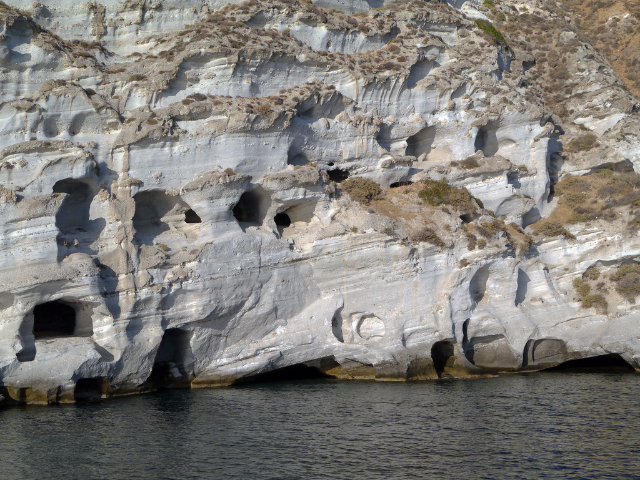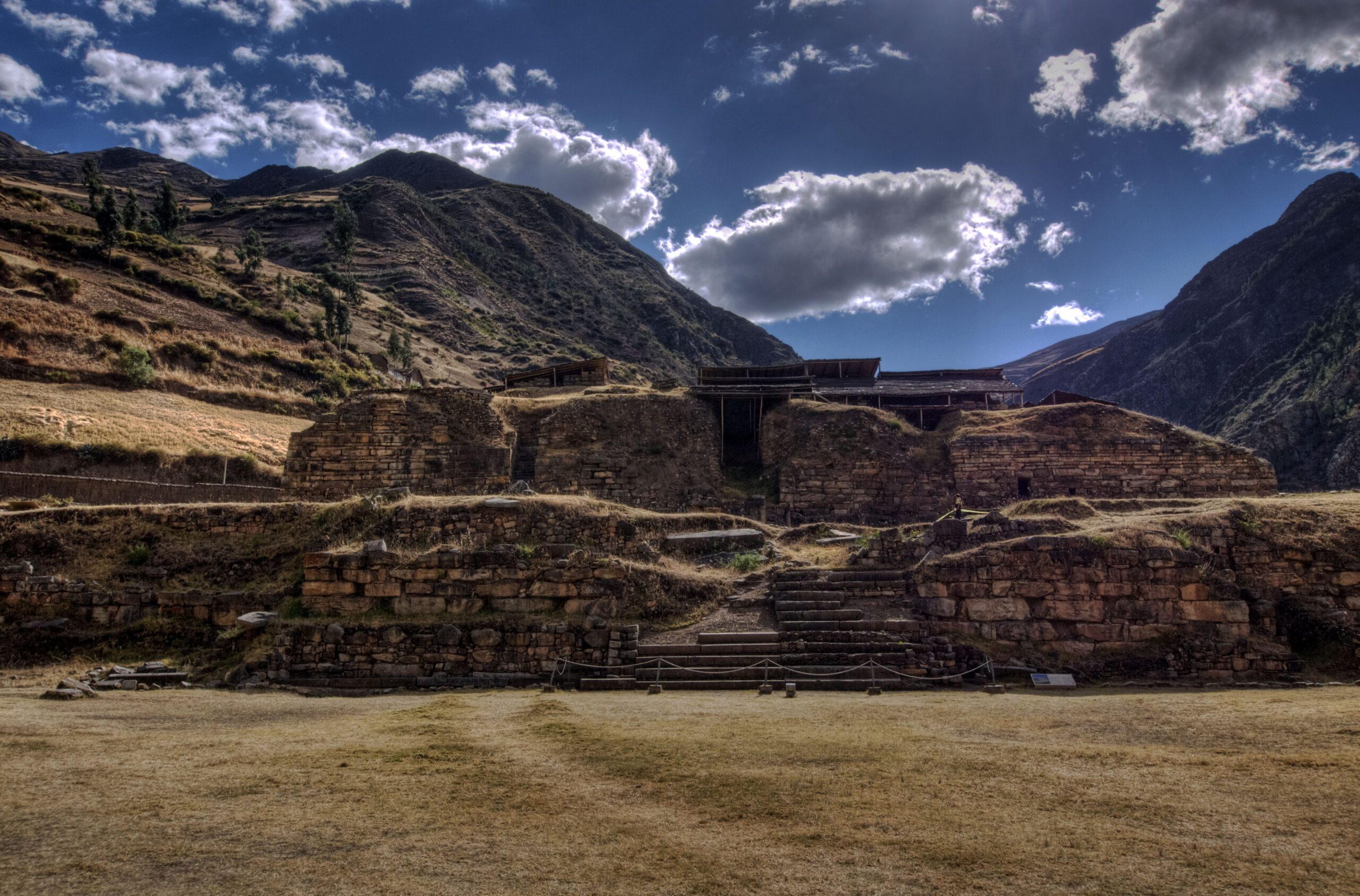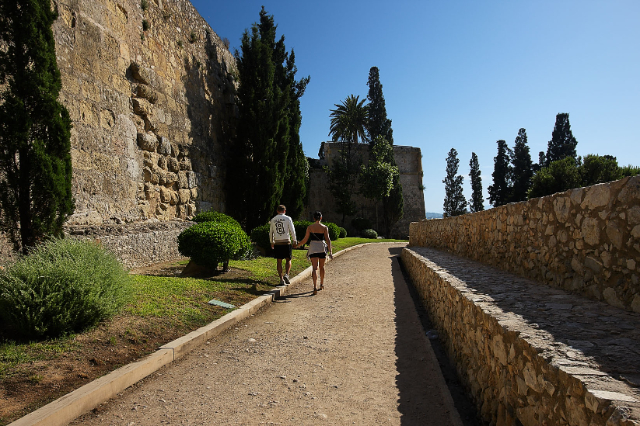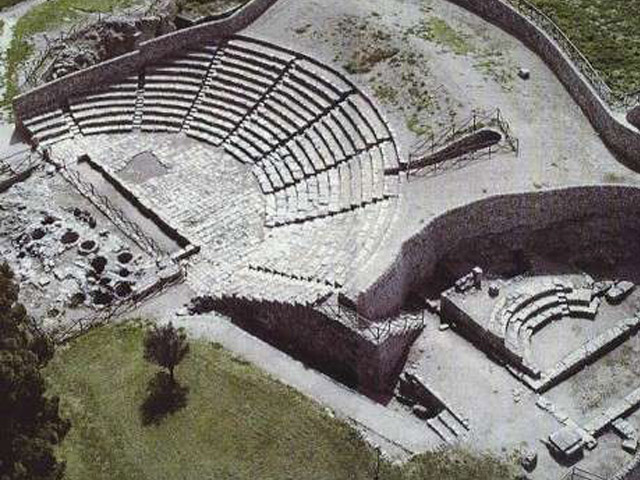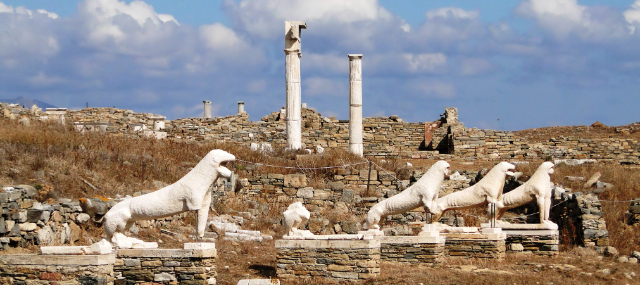The Catacombs of Milos present a fascinating blend of history, architecture, and geology, offering an intriguing journey into early Christian history. Located near the village of Tripiti on the island of Milos in Greece, these catacombs are considered one of the most important early Christian monuments in the world. They are second in religious importance only to the catacombs found in Rome.
Carved directly into the island’s soft volcanic rock, the catacombs were used as both a burial site and a place of worship for early Christians. They date back to the 1st century AD and were in use until the 5th century AD. The network is quite extensive, with estimates suggesting that it originally contained more than 290 graves and multiple chambers connected by narrow passageways.
Upon entering, visitors are immediately struck by the sense of solemnity and reverence that pervades these subterranean spaces. The walls are adorned with Christian symbols and ancient Greek inscriptions, providing valuable insights into the religious practices and social structures of the time. Early Christians used this hidden, underground space to conduct religious ceremonies and to bury their dead, safe from the prying eyes of Roman authorities who considered Christianity illegal at the time.
Though many of the graves are now empty, some still contain remnants of the deceased, along with offerings and artifacts that were buried with them. These relics provide a unique glimpse into the burial customs of early Christians.
Due to the sensitive nature of the site, guided tours are usually recommended to help preserve the integrity of this ancient monument while educating visitors about its history and significance.
Visiting the Catacombs of Milos provides not just a lesson in history but also an emotional experience that connects you with the island’s ancient past. It’s a must-see for anyone interested in history, religion, or archaeology.

